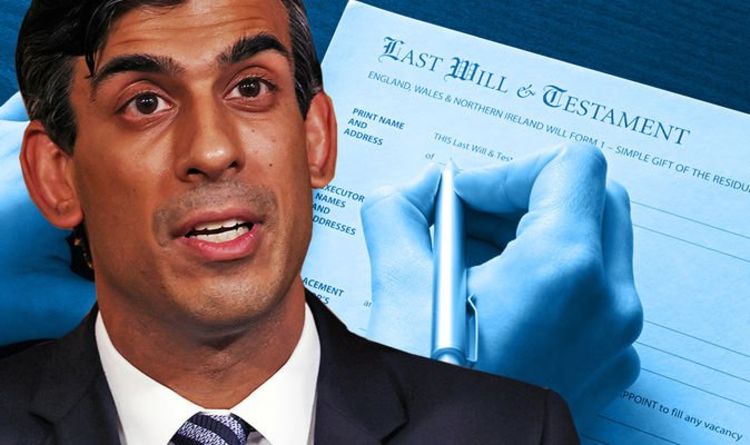Prime Minister Boris Johnson unveiled a £12billion a year tax hike last week in a move that proved divisive. Some Tory MPs joined the Labour Party in opposing the plans, which will see National Insurance increased by 1.25 percent, meaning taxpayers will pay around 10 percent more on top of their previous bills. Much of the revenue initially will be devoted to cutting waiting lists in the NHS, with social care receiving only £5.3billion of the £36billion expected to be raised over the next three years.
From 2023-24, once HMRC’s computer systems have been updated, the National Insurance contributions increase will be rebadged as a health and social care levy, which will appear as a separate line on payslips.
The move has been criticised by some because it targets income, rather than wealth.
But Ed Smith, head of asset allocation research at Rathbones, said it was inevitable that taxes on the wealthy would rise relative to taxes on income.
He told FT Adviser: “It’s a matter of arithmetic: if the retired/semi-retired population is growing faster than the in-work population, it…








































